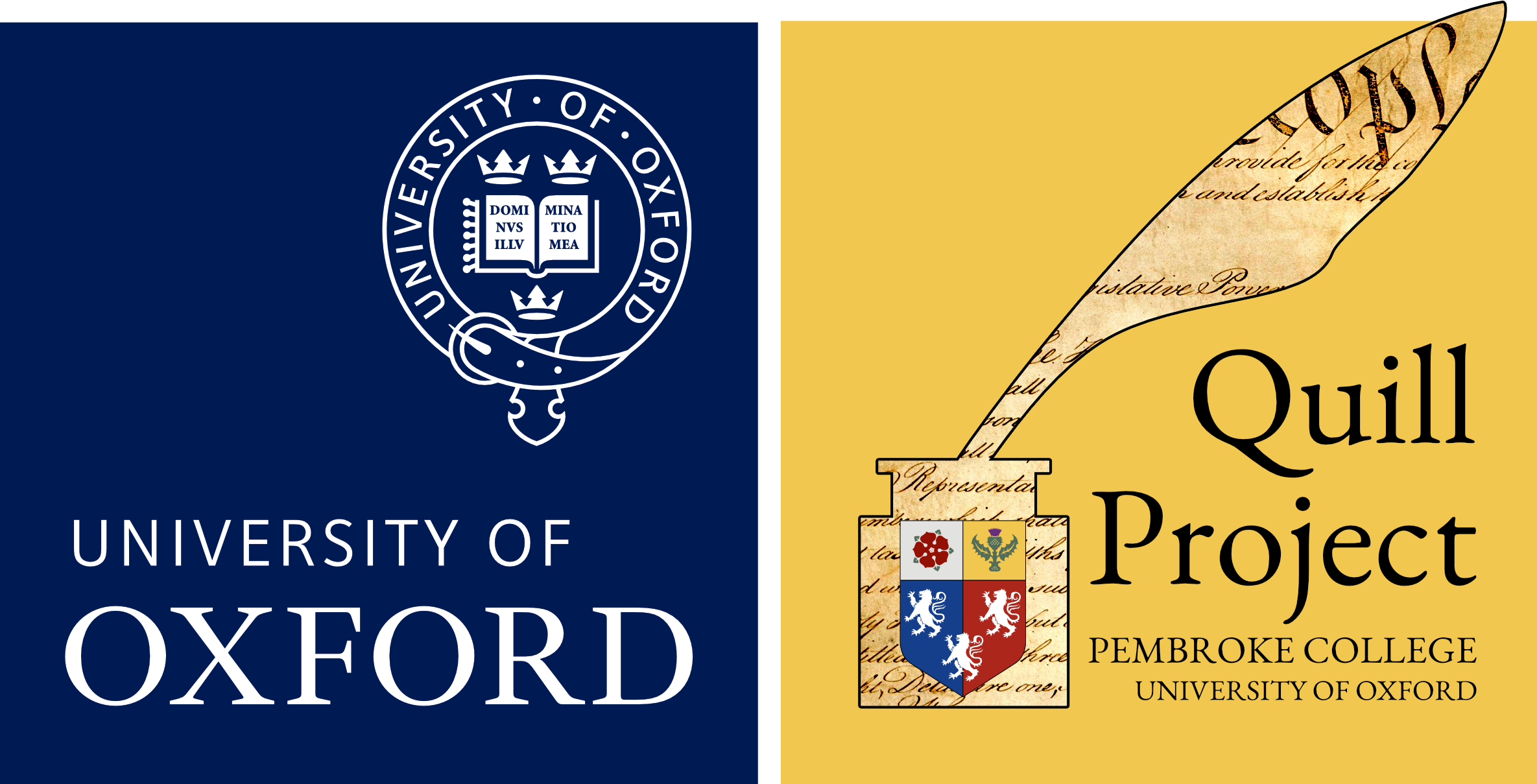> Projects
Project logo, depicting a dove and a map of Northern Ireland
Writing Peace: Penning the Good Friday Agreement
After decades of conflict and against all the odds, the Good Friday Agreement was adopted on April 10, 1998 and endorsed by the people of Northern Ireland in a referendum the following month. Twenty-five years on, in the turmoil surrounding Brexit and the collapse of power-sharing once again, “Writing Peace” will illuminate in all its complexity the story of the negotiated peace ushered in by the Agreement. The project’s pioneering multi-media platform will bring together archives, private papers, and oral histories from across the political spectrum to create a rounded view of the context and detail of the peace process. A unique visualization of the primary source material will immerse users, whether seasoned academics or school children, in the negotiations, enabling a clearer understanding of the hopes and fears of those at the table, as well as the pressure imposed by stakeholders outside the room. Cutting-edge analytical tools will trace the origins of particular phrases and the developing roles of different individuals and political parties over more than a decade, allowing us to celebrate the full constellation of peace makers involved and helping scholars and practitioners alike to learn lessons for the future.
Quill’s detail-oriented approach exposes the complexity of relationships and compromises at the heart of a negotiation by honing into meeting-by-meeting, day-by-day decisions and amendments to documents, but also allowing the user to ‘zoom out’ and visualize the whole process, highlighting the fact that progress can be far from linear. By modelling not just the successful outcome in 1998, but a decade of Talks, we will help users explore points of difficulty and intransigence and better appreciate how trust was built and movement achieved. This approach will also facilitate comparative work on different phases of the Talks – allowing researchers to explore, for example, the role of different Chairs or the inclusion of a wider range of parties. We hope our model will effectively test John Alderdice’s assertion that resolution was achieved through ‘building a process rather than conjuring up a solution’, meaning that process itself, including months of wrangling over who should meet who, when, and where, was part of the means of building trust and enabling people to work together.
At the outset of the project, it was anticipated that more papers relating to the Peace Process would have been deposited with archives and even digitized, and so would be simply signposted from the Quill model. Instead, much of the first eighteen months of the project have been dedicated to document recovery and digitization. (All documents acquired and scanned during this process have been returned to Ireland to the care of local archives as acquisition of documents has never been the intention of this project.) It is hoped the first resource collections and a pilot model of the Brooke/Mayhew Talks will be made available in April 2023.




